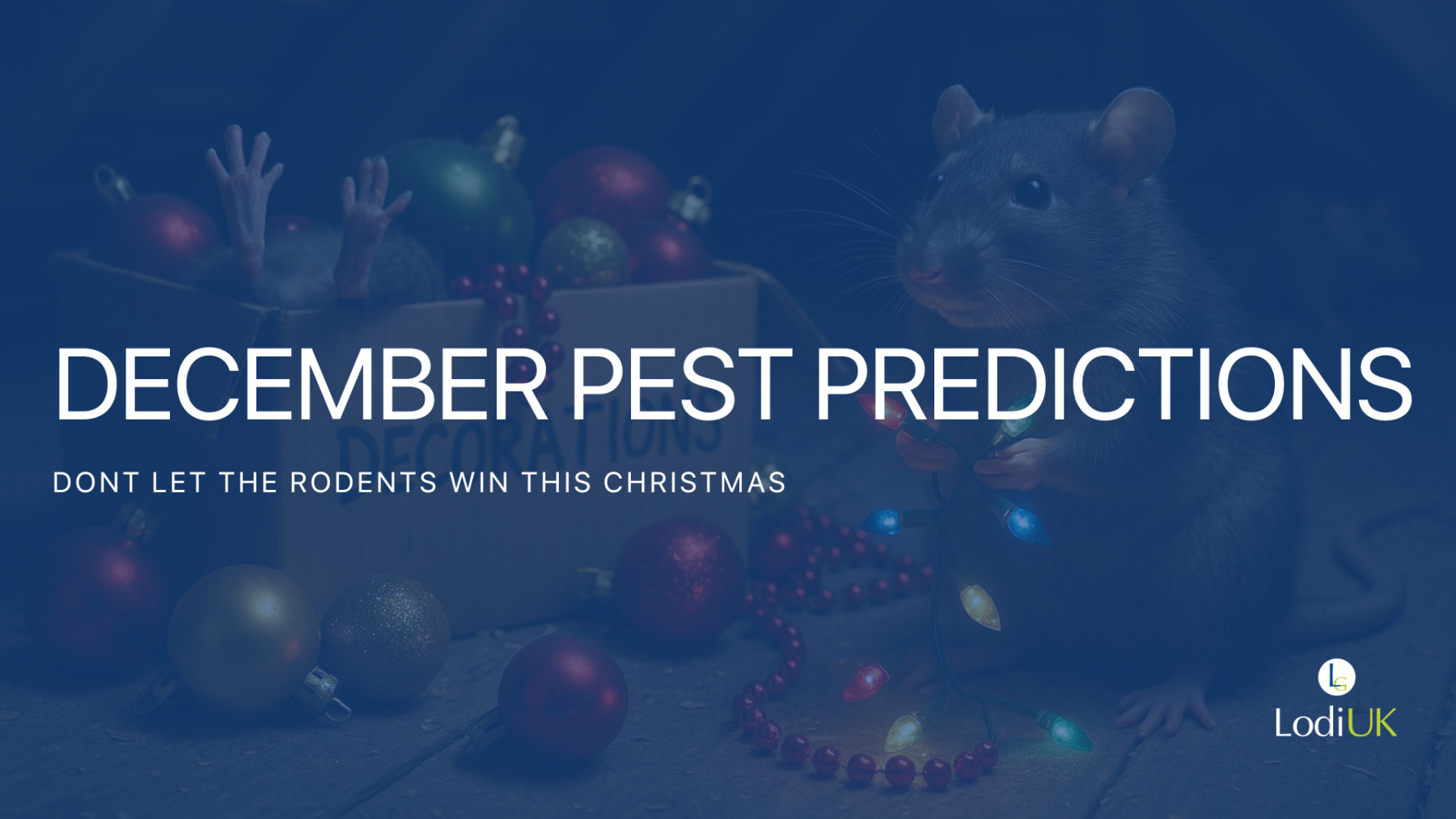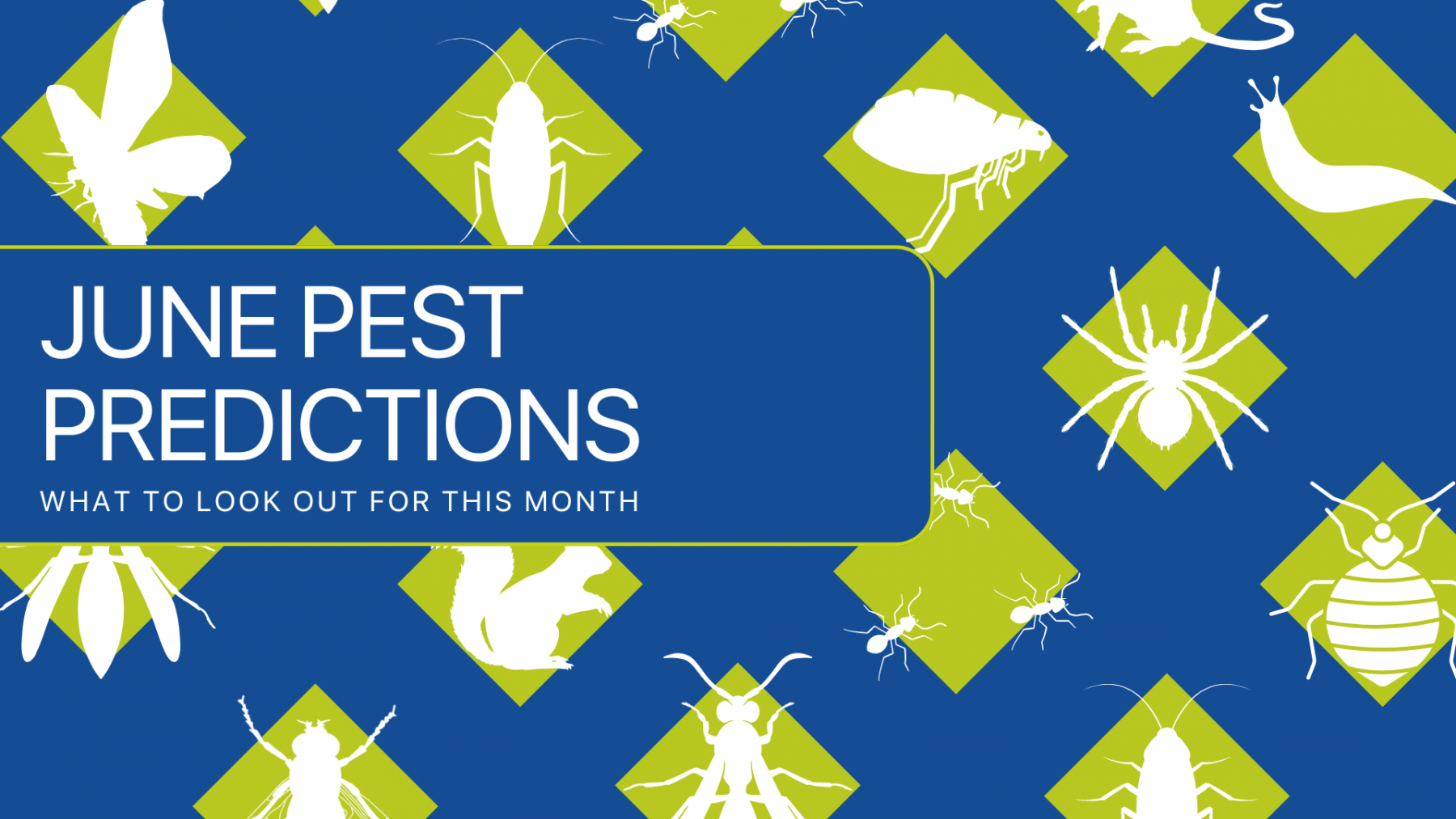
A thriving garden is more than just colourful blooms and bountiful vegetables—it's a living ecosystem. And just like any ecosystem, your garden hosts a variety of creatures, some of which help it flourish, and others that can quickly turn your hard work into a buffet. Knowing the difference between friend and foe is key to effective and sustainable pest control.
Whether you're an avid gardener or a green-fingered beginner, understanding which insects and animals should be welcomed—and which ones require action—can save time, money, and your plants. Let’s dive into the garden's greatest allies and biggest threats, and how you can manage both naturally and responsibly.
GARDEN FRIENDS: Nature’s Little Helpers
These allies support your plants, boost biodiversity, and help keep harmful pests in check.
Ladybirds (Ladybugs)
If you're battling aphids, the ladybird is your best ally. A single ladybird can eat up to 5,000 aphids in its lifetime, making them one of the most effective natural pest control agents in your garden. Both adult ladybirds and their larvae feed on soft-bodied pests like greenfly, scale insects, and mites.
By encouraging ladybirds into your garden, you reduce the need for chemical insecticides, which can harm pollinators and other beneficial insects. You can attract ladybirds by planting fennel, marigolds, dill, or yarrow—plants rich in nectar and pollen.
Hoverflies
Often mistaken for wasps due to their black and yellow stripes, hoverflies are gentle, efficient pollinators. Their larvae are voracious predators of aphids and thrips. One hoverfly larva can consume up to 400 aphids during its development.
Adult hoverflies are important for pollinating flowers, fruits, and vegetables. They play a crucial role in maintaining biodiversity, especially as wild pollinator populations decline. Open-faced flowers like alyssum, calendula, and cosmos help attract these flying allies to your garden.
Honey Bees
No list of garden friends is complete without honey bees. According to the Food and Agriculture Organization (FAO), over 75% of the world's food crops depend at least in part on pollinators like bees. Without them, your garden would be far less productive.
Encouraging honey bees by planting bee-friendly flowers such as lavender, borage, and foxgloves will benefit your entire garden. Avoid using broad-spectrum insecticides, which can be harmful to bees, and instead consider targeted solutions for specific pests.
Hedgehogs
Britain’s favourite garden mammal, the hedgehog, is a nocturnal predator of many common garden pests, including slugs, beetles, and caterpillars. A single hedgehog can travel over a mile each night, munching on hundreds of pests along the way.
Unfortunately, hedgehog populations have declined by up to 50% in rural areas since 2000. You can support their return by creating hedgehog-friendly spaces, leave small access holes in fences, avoid using slug pellets, and provide dry, safe nesting spots in log piles or hedgehog houses.
GARDEN FOES: Pests That Wreak Havoc
These creatures may be small, but their impact can be mighty. Left unchecked, they can devastate your crops and disturb your garden’s balance.
Aphids
Tiny terrors, aphids are one of the most common garden pests. These sap-sucking insects weaken plants by feeding on their juices, causing stunted growth and curled leaves. Worse still, they spread plant viruses.
A single aphid can produce up to 80 offspring in just a week, and populations explode quickly in warm weather. They attract ants, which farm them for their sugary honeydew—a substance that can encourage the growth of sooty mould. The best control methods are natural predators (like ladybirds and hoverflies) or organic insecticidal sprays and powders..
To keep them at bay you can use our Organ-X Bug Killer Powder which treats insects such as aphids, caterpillars and woodlice in and around the home, including ants in lawns.
Pyrethrum is extracted from natural chrysanthemum flowers and formulated into a fast action, knockdown and contact insecticide powder, rapidly killing insect pests.
Slugs
The nemesis of every gardener, slugs can wipe out young seedlings overnight. They are particularly active during damp and mild weather and love munching on lettuce, hostas, and strawberries.
According to the RHS, an average garden can host up to 200 slugs per square metre. Traditional slug pellets are being phased out due to their risk to pets and wildlife. Instead, consider using slug-resistant plants, copper tape barriers, or biological controls like nematodes.
To stop the slugs invading your space you can use our Organ-X Turbo Slug Killer Lentils which provide gardeners and growers with years of research and innovation, developing the fastest, most effective bait for the control of slugs, protecting and reducing damage to plants.
Each lentil is packed with higher levels of protein (14%) made from 95% Elite Wheat; Max strength Ferric Phosphate (25g/kg) is evenly distributed inside the lentil matrix using a patented extrusion process. Slim nibble edges and premium ingredients promote rapid uptake from all adult and juvenile slugs.
Rats and Mice
Rats and mice are more than just a nuisance they can damage plants, dig up bulbs, and gnaw through garden furniture or wiring in sheds and greenhouses. More worryingly, they can also spread diseases such as Leptospirosis (Weil’s disease) and Salmonella.
They’re attracted to food sources like compost bins, fallen fruit, chicken feed, and birdseed. Good garden hygiene is crucial—store food securely, keep bins sealed, and remove excess clutter that might shelter rodents. If infestations grow, professional pest control or rodenticides may be needed.
If there's one thing you definitely don't want to play games with, it's rodents. At this time of year, they start making their way into homes and buildings to find warm shelter. Yikes! Enter our Racan Grab Bags; they're pocket-sized, but pack a punch. A tiny but deadly dosage to deal with small rodent infestations, that work faster than you can shake a dice. Don’t gamble with rodent control - Explore our full house of affordable solutions, 3 of a kind baits & formulations!
Moles
While moles are not directly harmful to plants (they feed on worms and grubs), their tunnelling activity can be incredibly disruptive. They disturb root systems, cause lawns to collapse, and create unsightly molehills that ruin flowerbeds or vegetable plots.
A single mole can dig up to 20 metres of tunnel per day, creating an underground network that leaves your garden looking like a miniature battlefield. Humane deterrents like sonic spikes or castor oil granules can help repel moles without harming them.
Racan’s range of professional mole traps is designed with precision, durability, and ease of use in mind. Whether you’re managing a single mole problem or addressing widespread activity, these traps provide reliable results to help you reclaim your outdoor spaces. With solutions trusted by professionals and homeowners alike, Racan ensures mole control is both effective and accessible. Ready to dig into a solution for mole problems?
Conclusion: Strike the Right Balance
Your garden is a delicate ecosystem and managing it effectively means recognising the difference between creatures that help it thrive and those that threaten its health. Not all bugs are bad, and not all furry visitors are cute companions.
Welcoming ladybirds, hoverflies, honey bees, and hedgehogs supports pollination, natural pest control, and biodiversity. On the flip side, aphids, slugs, rats and mice, and moles can wreak havoc on your hard work if not kept in check.
If you're a gardener or a retail customer looking to make better pest control choices, remember to work with nature, not against it. Use natural solutions wherever possible, encourage garden-friendly species, and invest in pest control products that target only the true foes in your plot.





